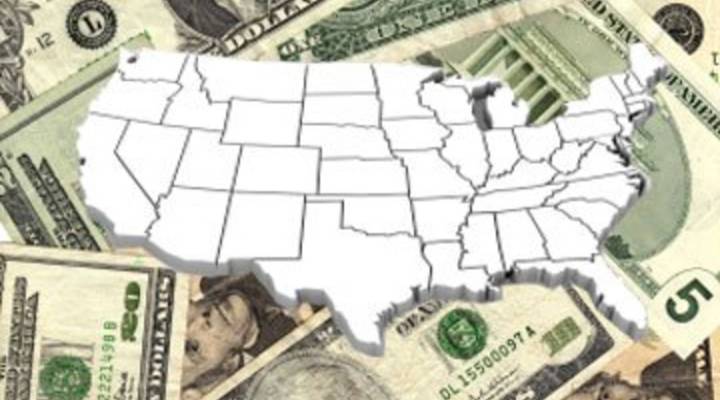
Explainer: Debt downgrade and your wallet

JEREMY HOBSON: Now let’s turn to the consumer. What does the downgrade of the U.S. credit rating mean to you and me?
Marketplace’s Stacey Vanek Smith has that part of the story.
STACEY VANEK SMITH: Right now, we’re reading about the credit downgrade in our newspapers — but in a few months, we could be seeing that downgrade in our mortgage statements and our credit card bills. Bart Narter analyzes banking for Celent.
BART NARTER: Most mortgages and credit card interest rates are tied to either treasuries or the prime — so should the interest rate of treasuries increase, the mortgages are going to increase as well.
In the long run, a U.S. credit downgrade would likely make US treasury bonds seem riskier to investors. That means Uncle Sam will have to offer higher interest rates to convince investors to take on that extra risk. The hike would probably not be noticeable on your AMEX bill — just pocket change.
But Narter says they’re potentially very noticeable on a mortgage loan. Just think about how much it costs you if your mortgage rate increases by just a couple points.
In New York, I’m Stacey Vanek Smith for Marketplace.
There’s a lot happening in the world. Through it all, Marketplace is here for you.
You rely on Marketplace to break down the world’s events and tell you how it affects you in a fact-based, approachable way. We rely on your financial support to keep making that possible.
Your donation today powers the independent journalism that you rely on. For just $5/month, you can help sustain Marketplace so we can keep reporting on the things that matter to you.

















